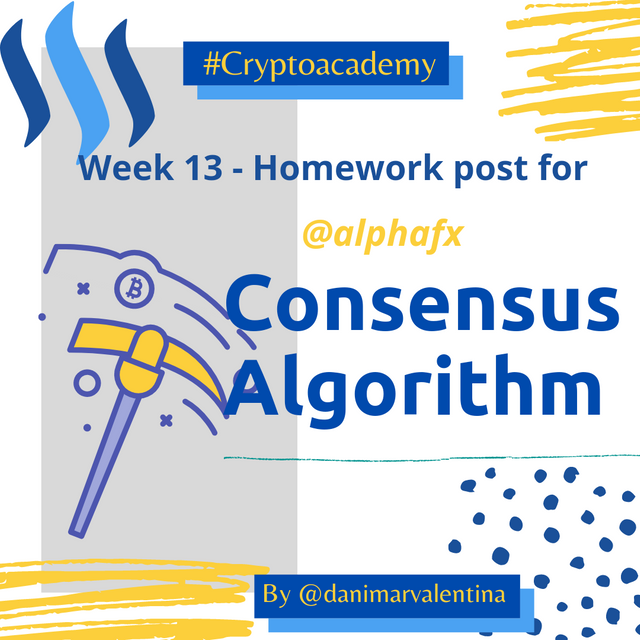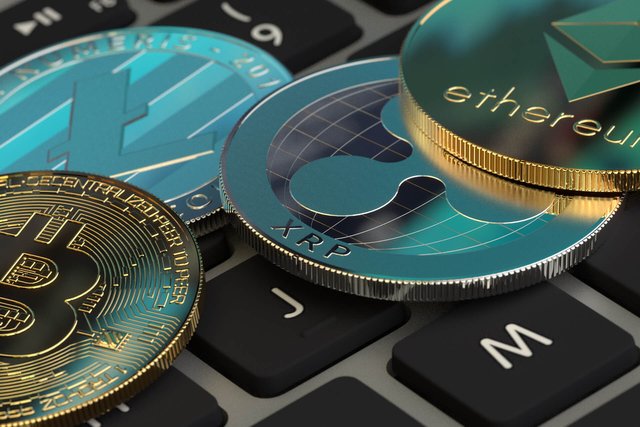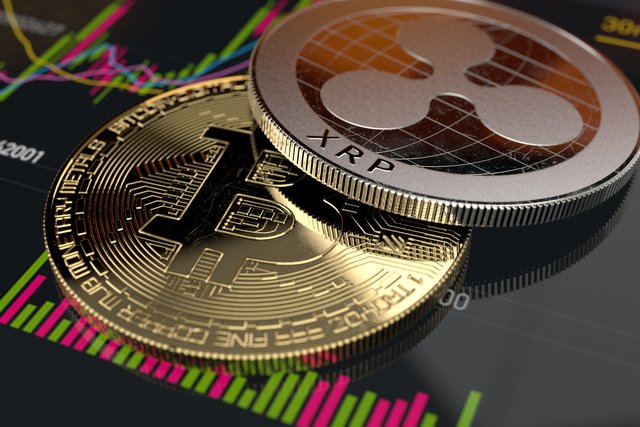Crypto Academy Week 13 - Homework post por @alphafx - Consensus Algorithm - By @danimarvalentina
Greetings to all, very grateful for the lecture by professor @alphafx, a topic of great importance and that should be known to everyone in order to have a good performance in the world of cryptocurrencies.
In this class, the teacher explained everything regarding consensus algorithms very well and for the task we had to choose one of them and explain it extensively, in this case I chose the Proof of burn (PoB); but to begin we will explain what consensus algorithms are.

What makes blockchain consensuses different from each other are the consensus algorithms, which are a method for making group decisions; It is a form of resolution where the people who are part of it must support the majority decision, even if they do not agree.
It is a method that is characterized by creating equality and equity in a virtual world in which all the people who are part of it benefit. Blockchain consensus models have certain goals, such as:
Consensus algorithms are of utmost importance in blockchain networks, as they are responsible for maintaining the integrity and security of these systems. A consensus algorithm is the mechanism through which the blockchain network can reach consensus.
They are in charge of ensuring that the protocol rules are respected and guarantee that the transactions carried out are legibly, ensuring that the coins can only be spent once.
There are many types of consensus algorithms, including Proof of Work, Proof of Stake, Delegated Proof of Stake, Leased Proof of Stake, Elapsed Time Test, Byzantine Fault Tolerance Practice, Simplified Byzantine Fault Tolerance , declared Byzantine fault tolerance, directed acyclic grade, ability test, activity test, importance test, burn test, among others. This time I will be explaining what a proof of burn.

Proof of Burn (PoB)
Proof of burn is a high-performance consensus protocol, which is why many blockchain projects have chosen it for their cryptocurrency. Proof of burn (PoB) works on blockchain and has aspects in common with proof of work (PoW) and proof of stake (PoS).
Applicants to participate in cryptocurrency mining using proof of burn, must burn their assets in cryptocurrencies or tokens, the more cryptocurrencies or tokens they burn, the more likely they are to be a miner of the next block in the network.
Unlike in proof of work, to participate in mining a network using the PoB protocol, you do not need to invest in expensive mining equipment or consume as much electrical power and, unlike in proof of stake, you do not have to accumulate large amount of tokens and block them on a network. The mining capacity is granted to that world that spends a part of its money for the right to mine a block and claim its reward later.
The protocol was designed by Iain Stewart, who presented his idea at the Bitcointalk forum at the end of 2012. His algorithm is: burnt coins are like mining rigs. Where a miner burns his coins to buy a virtual mining rig that gives him the power to mine blocks.
Although there are several versions of PoB, the one idealized by Iain Stewart is the most recognized in the cryptocurrency space, which was proposed as a more sustainable alternative to the PoW consensus algorithm.
The PoB is a protocol that promises to cover the failures that have been presented by the most used protocols in the blockchain network that are the PoW and the PoS, providing an efficient solution and guaranteeing security and stability in the network.
The mining process in this case is not used to obtain new cryptocurrencies, but instead burns the tokens of the native or alternative cryptocurrency, to earn the right to mine them.
How does the PoB work?
People interested in becoming participants in cryptocurrency mining using the test-burn protocol must send a certain value in cryptocurrencies or tokens to a platform known as Eater Addresses, which is public and verifiable. When money is sent to these platforms, this money can no longer be recovered, so it is considered as cryptocurrency burned.
This transaction is carried out as an investment, since it allows them to mine blocks on the blockchain and the more cryptocurrencies they burn, the greater possibility they will have in mining blocks on the blockchain.
The main objective of the burning of cryptocurrencies and tokens is to reduce the amount in the market, which makes the supply go down and in the same way, make the demand increase.

Characteristics
Advantages and disadvantages of PoB
| Prices remain stable | The process is slower than in POW |
| The amount of energy and computing power is kept to a minimum | It is a risky investment |
| Does not require large investment in computer equipment for mining | The user cannot always verify the process |
| Eliminate centralization | Waste of resources |
| Network stability and security | Doesn't work on larger scales |
| Facilitates token distribution | It is not environmentally friendly |
Cryptocurrencies and tokens that use the Proof of Burn
Conclution
Burning cryptocurrencies can be used to increase its value, produce new tokens, a form of payment for miners, as a consumer currency in the operation of smart contracts, among others. The fact that burning cryptocurrencies is a verifiable and irreversible operation is a way of showing a miner's commitment to the system. The burning of cryptocurrencies guarantees the cryptoactive performance within the market.
The images used are free of copyright
Brief but satisfactory, well done.
Thanks for participating